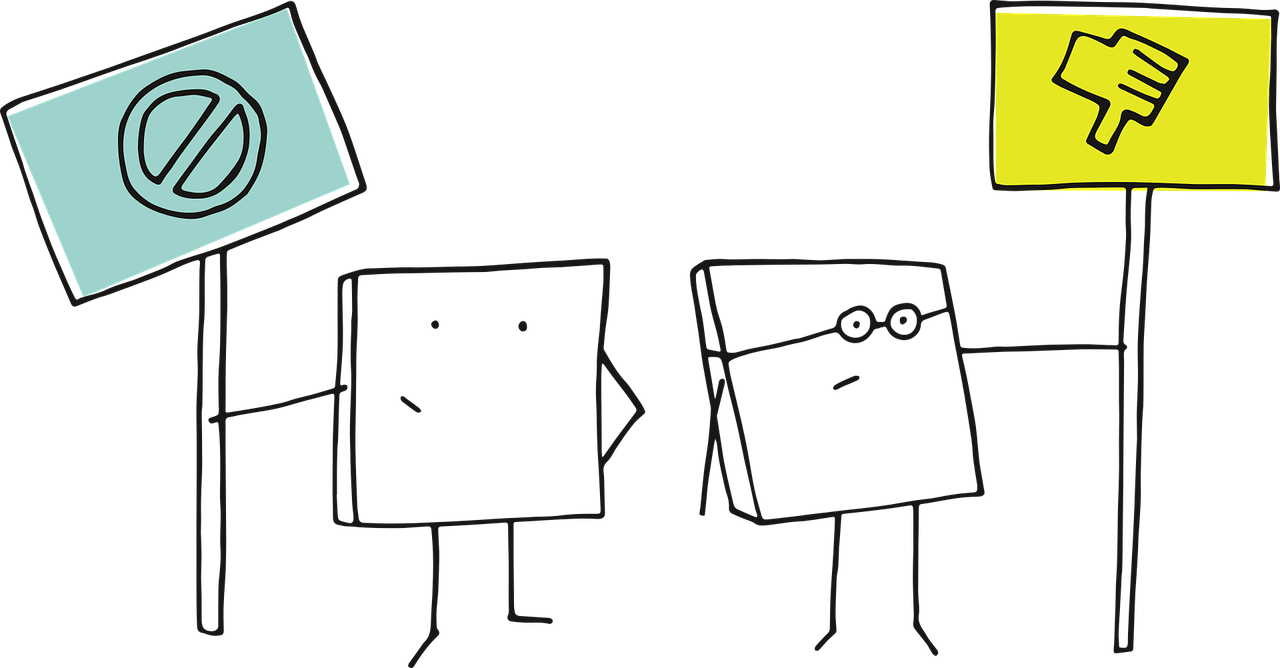
In your early years you were likely taught about the importance of being nice. And because saying ‘no’ was something that only the disagreeable child did, most children rarely learned how to say ‘no’ to anything other than the extreme.
It’s hardly surprising then, that for those of you who take satisfaction from making others happy, saying ‘no’ doesn’t always come naturally or easily.
The thing is, that in work too, you’ve likely got to where you are now by pleasing people and giving them what they ask for; whether that be your boss, your clients or your Board.
You learn that saying no too often, typically doesn’t make those around you particularly happy.
Yet as a leader it is your job to say ‘no’ when you need to. And not being clear and confident in your ‘no’ weakens your reputation as a direct communicator and decision maker.
Learning how to say yes less and embrace more strategic no’s is pivotal.
Here are six tools to help get you started and coach yourself.
Principles: Derek Sivers made famous the ‘hell yeah’ approach to decide what to do in his book Hell Yeah or No. If it isn’t a ‘hell yeah’ then it’s got to be a ‘no’.
In his words, what would saying yes to less do for you?
Navigate the grey: In business, the reality is that there’s a huge amount of grey in between the ‘hell yeah’s and the ‘no’s.
Differing opinions, competing priorities and a need to compete can all get in the way. And sometimes the ‘no’ doesn’t even become evident until you’re on the cusp of getting started.
At Board/Leadership Team level what consensus do you have about what constitutes a ‘hell yeah’ and a ‘no’?
What principles or criteria, if agreed, would help you speed up your time spent deciding on the grey?
Audit: How much do you personally say ‘no’ to? Think about this past week. What proportion of requests have you said yes to, and what proportion did you say no to? What criteria did you use to decide whether it was a yes or a no?
If you can’t remember, keep track in the coming week and then ask yourself:
Does your tally reflect your perception?
What type of requests or activities are you saying yes to the most?
What would more ‘no’s’ make possible for you?
Question: A few weeks ago I shared one of my favourite coaching question which comes from Michael Bugray Stanier’s Coaching Habit:
If you’re saying yes to this, what are you saying no to?’
Ask yourself:
What did you automatically say yes to this week without thinking about the automatic implications?
When you said yes, what did you actually say no to?
Choose: If you’re in the grey between ‘hell yeah’ and ‘no’ there are four outcomes that could play out. You can:
1. Say yes and feel happy about saying yes
2. Say yes and eventually feel miserable because you said yes
3. Say no and feel bad about saying it
4. Say no and not feel bad about saying it
Think about the difference between 3 and 4. The only shift here is the way that you feel. And only you can change that.
Think about a time when you’ve said no and felt bad about it. What would it be like to not have that response next time around?
What leads you to feel bad about saying no? Is it your desire to support and help? Or something else? How can you reframe that thought?
What mindset shift do you need to make when you’re in the grey?
Wise words: From Warren Buffet. If there really is a correlation between how much you say no to, and the level of success you can have, what could that mean for you?
You can find more thought provoking leadership thinking here and connect with me on Linkedin and Twitter.
Thanks for reading Leadership with Rebecca. You can subscribe below to receive new posts and support my work.










Hell Yeah! Makes a lot of sense. Here's a resource from Derek Sivers that I enjoy. He has written awesome book reviews and summaries of hundreds of popular books - https://sive.rs/book
Have a great rest of the week, Rebecca!